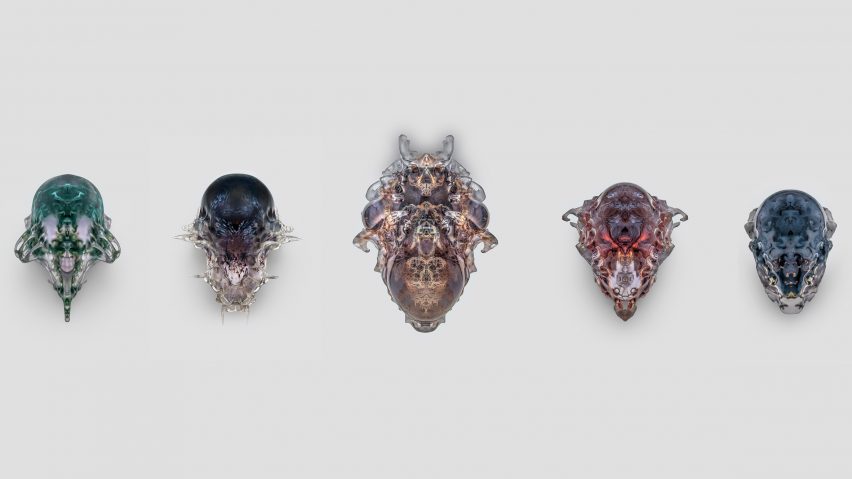The Age of Cyborg

?
Antropologie kyborga
The Cyborg anthropology
Donna Haraway’s 1984 "A Cyborg Manifesto"
Amber Case
https://en.wikipedia.org/wiki/Cyborg_anthropology
https://www.wired.com/2013/02/cyborg-anthropology/
https://www.caseorganic.com/
"a cyborg is simply a human who interacts with technology"
we want stupid fridge
brain–computer interface (BCI)
neural-control interface (NCI)
mind-machine interface (MMI)
direct neural interface (DNI)
brain–machine interface (BMI)
Research on BCIs began in the 1970s at the University of California, Los Angeles (UCLA), followed by a contract from DARPA
https://en.wikipedia.org/wiki/Brain%E2%80%93computer_interface
Hans Berger, 1924 (alfa vlny)
Cyborg in the pandemic times
Interruptive technology/ more organic way..?
CALM TECHNOLOGY
Coronavirus is the first big test for futuristic tech that can prevent pandemics
Microsoft Patents New
Cryptocurrency System Using
Body Activity Data
Technologie je magická praktika.
Jonáš Strouhal
Dr. Mozek

Stressjam

https://www.jamzone.nl/en/stressjam
Neuralink

Wearables/ Fashion
Iris van Herpen
https://www.irisvanherpen.com/
The body and the female forms are my canvas to visualize the invisible, that remains a continuous dance between craftsmanship and chaos.
https://www.vogue.com/article/iris-van-herpen-haute-couture-anniversary-interview

Beyoncé

Bjork
Herpen&Beesley
Voltage, 2013


Material ecology
Neri Oxman

http://www.materialecology.com/
https://www.media.mit.edu/people/neri/projects/
Wanderers







Wanderers is a series of computationally grown and additively manufactured wearables that speculates about new ways of creating and producing clothing. We designed a computional growth process which is capable of producing a wide variety of growing structures. Inspired by natural growth behaviour, the computional process creates shapes that adapt to their environment. Starting with a seed, the process simulates growth by continously expanding and refining its shape. Due to the generative nature of the algorithm it was possible to create a wide range of wearables that adapt to the human body for pre-visualization and design iteration. From this process four wearables were grown. All off the grown wearables in this collection designed by Prof. Neri Oxman aim to embed living matter within 3D structures.
Qamar
Inspired by one of the most luminous objects in the sky, this piece embodies the surface of the Moon. Akin to a wearable biodome, the exterior contains spatial spherical moon-shaped pods for algae-based air-purification and biofuel collection to produce and store oxygen.
Zuhal
This piece was created to adapt to the vortex storms on Saturn. It has a hairy and fiberous large surface area designed to contain bacteria that convert the planet’s hydrocarbons into edible matter for humans.
Mushtari
Arabic for huge or giant, is designed to interact with Jupiter’s atmosphere. This tortuous piece is designed as a single meandering strand inspired by the human gastrointestinal tract. It is a wearable that will consume and digest biomass, absorb nutrients, generate energy in the form of sucrose or fuel and expel waste.
Otaared
For the planet Mercury, Oxman has created a structure that acts as a protective exoskeleton for the head as the planet lacks any atmosphere.
───────
https://deskriptiv.com/wanderers
Vespers

MIT Media Lab
https://www.media.mit.edu/people/neri/projects/
Neil Harbisson

Cyborg Foundation
https://www.cyborgfoundation.com/
The Age of Cyborg
By Dita M. Org
The Age of Cyborg
Cyborgs, wearables; brain and body in new media art
- 172



